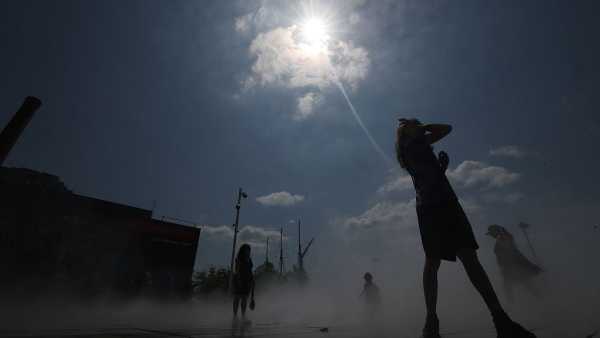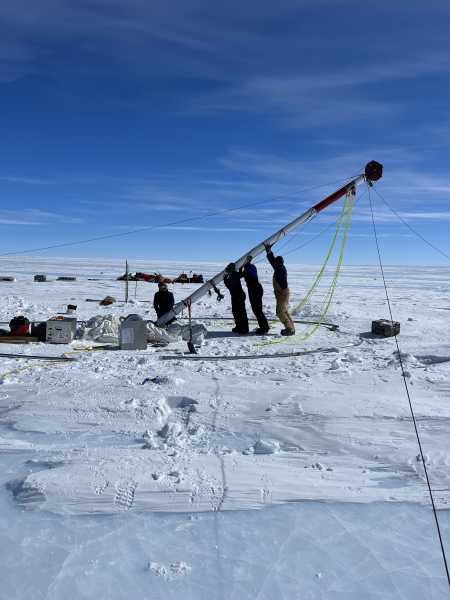
Massive flooding hit several states in April. This image was taken in Hopkinsville, Kentucky, on April 4. (Photo by Jason Davis/Stringer via Getty Images)
Climate change has worsened the devastating floods that hit several US states in early April, according to a new report.
At least 15 people were killed in flooding that devastated states including Tennessee, Arkansas and Kentucky between April 2 and 6. The southern Midwest and parts of the southeastern United States were also hit by multiple tornadoes at the same time, killing at least nine people.
Now scientists are investigating how climate change may have affected historical floods and extreme weather. They estimate that human-caused climate change has increased the likelihood of floods by about 40% and increased their severity by about 9%, according to a report from World Weather Attribution (WWA), which analyzes the impact of climate change on extreme weather events.
However, it remains difficult for scientists to accurately estimate our impact on global weather, and the researchers noted that their calculations were conservative due to differences between climate models. The report also highlights that effective emergency response prevented a larger catastrophe.
The historic flooding was the result of heavy rainfall. The rains began when a high-pressure system over the East Coast and Southeast United States collided with a low-pressure system to the west, and the boundary between the systems froze, allowing precipitation to continue to flow into the same area. At the same time, the jet stream carried moisture into the region from the eastern Pacific Ocean, while surface moisture flowed in from the Gulf of Mexico.
To assess the extent to which climate change has increased the likelihood and severity of flooding, the researchers analyzed historical data from the central Mississippi River Valley along with April rainfall data. The team found that both regional weather trends and warmer sea surface temperatures contributed to increased available moisture during rainfall events, according to the report.
For example, the report highlights the role of climate change in increasing moisture from the Gulf of Mexico. Sea surface temperatures are rising as a result of global warming, and the group noted that warmer temperatures lead to increased evaporation in the Gulf of Mexico, which increases the amount of moisture available during precipitation events over the U.S.
Scientists are still trying to figure out to what extent human activity has influenced extreme weather events, but it’s clear that we are heating the planet through burning fossil fuels and other activities. When the researchers looked at overall warming, they found that an extreme rainfall event like April’s could happen every 90 to 240 years under current conditions, but would be significantly less common if the climate were 2.3 degrees Fahrenheit (1.3 degrees Celsius) cooler. That amount of warming would make the event two to three times more likely, with a 13 to 26 percent increase in intensity, the report estimates.
In 2015, world leaders signed the Paris Agreement, an international treaty committing to limit global warming to below 2.7 F (1.5 C) and well below 3.6 F (2 C). Earth's temperatures are currently consistently above that limit, and April was the 21st of the past 22 months that the desired 2.7 F limit was exceeded, according to the European Union's Copernicus Climate Change Service.
The report's authors warned that we are approaching 4.7 F (2.6 C) by the end of this century. Climate models predict that extreme precipitation events will become more frequent and intense in some regions as the world continues to warm.
At this level of warming, such extreme rainfall events are likely to double in frequency and become 7% more intense, the report found.
Sourse: www.livescience.com





